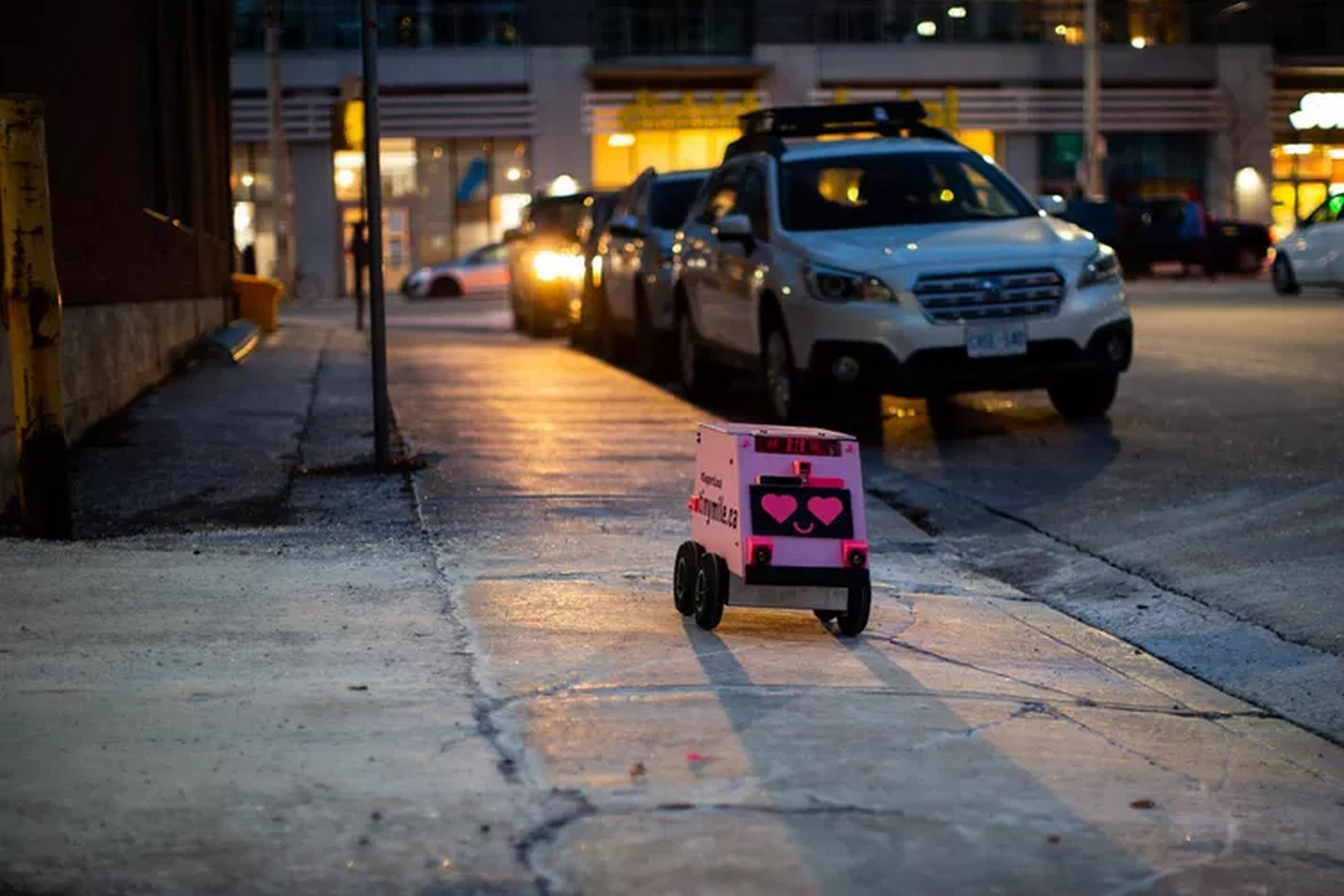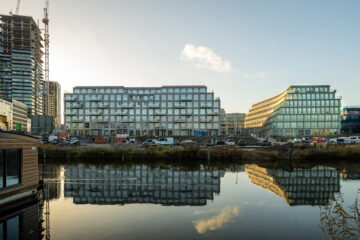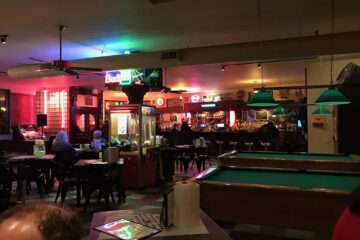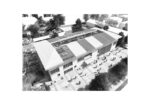Rethinking Delivery Robots: The Case of Geoffrey

The rise of delivery robots has sparked debates about their impact on urban spaces, job markets, and human interactions. While some view them as innovative solutions to logistical challenges, others express concerns about their potential to disrupt established norms and systems. However, amidst this discourse, a Canadian company named Tiny Mile has introduced Geoffrey, a delivery robot that challenges conventional perceptions of robotic delivery services. Here’s a closer look at what sets Geoffrey apart and why it’s generating interest.

Redefining Delivery Robotics
Geoffrey, developed by Tiny Mile, stands out from traditional delivery robots in several ways. Unlike fully autonomous robots, Geoffrey is controlled remotely by a human operator using a laptop and joystick. This human-in-the-loop approach not only enhances safety and reliability but also creates job opportunities for individuals, including those with disabilities, who can operate the robot from home.
Human-Centered Design
One of Geoffrey’s distinctive features is its human-centered design, emphasizing usability, safety, and interaction. With input from the Ryerson Design Fabrication Zone, Tiny Mile crafted Geoffrey to be approachable, efficient, and respectful of pedestrians. This emphasis on human-robot interaction fosters positive experiences and minimizes potential conflicts on sidewalks.
Localized Delivery Solutions
Geoffrey’s operational parameters prioritize local food service, enabling timely and efficient deliveries within a limited radius. By focusing on short-distance travel and human-guided navigation, Tiny Mile ensures that delivered food remains fresh and hot, enhancing customer satisfaction while reducing carbon emissions associated with longer delivery routes.

Hybrid Automation Model
While Geoffrey currently relies on human operators for navigation and supervision, Tiny Mile envisions incorporating elements of autonomy into its delivery process. By integrating partial automation features, such as steering assistance, Geoffrey can enhance operational efficiency while maintaining human oversight to ensure safety and adaptability in dynamic environments.
Ethical and Environmental Considerations
Unlike some delivery robots that prioritize cost-saving measures at the expense of job displacement, Geoffrey’s business model emphasizes job creation and fair wages for human operators. Additionally, by promoting localized delivery and reducing reliance on car-based transportation, Tiny Mile aims to minimize environmental impact and contribute to sustainable urban mobility solutions.
The Future of Urban Delivery
Geoffrey represents a compelling evolution in delivery robotics, blending technological innovation with human-centric principles. Its modest size, controlled speed, and emphasis on pedestrian safety distinguish it from larger, fully autonomous counterparts, offering a glimpse into a more harmonious coexistence between humans and robots in urban environments.
Conclusion: Balancing Innovation and Responsibility
As delivery robotics continue to evolve, it is essential to strike a balance between innovation and social responsibility. By prioritizing human well-being, community engagement, and environmental sustainability, companies like Tiny Mile can shape a future where robots augment, rather than replace, human labor and interaction. In the case of Geoffrey, its success lies not only in its technical capabilities but also in its ability to foster meaningful connections and contribute positively to urban life.





























